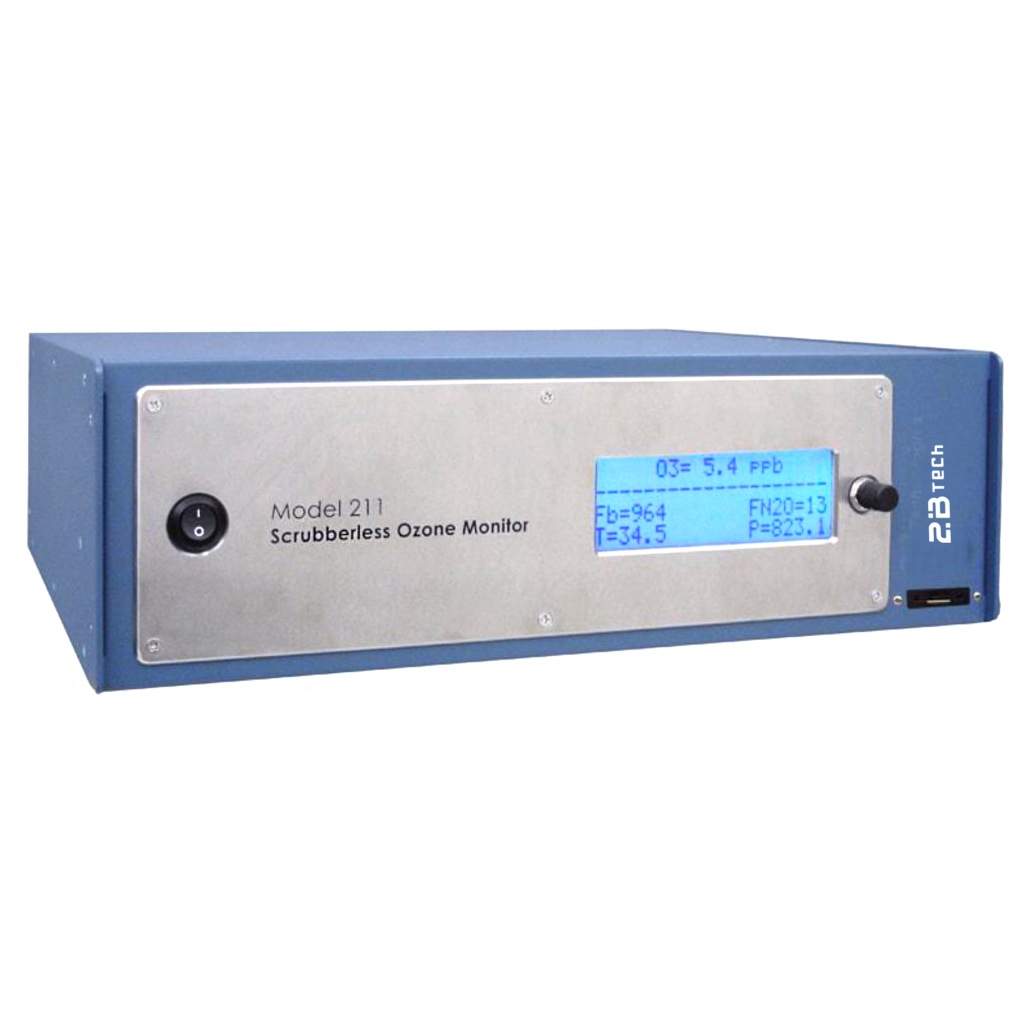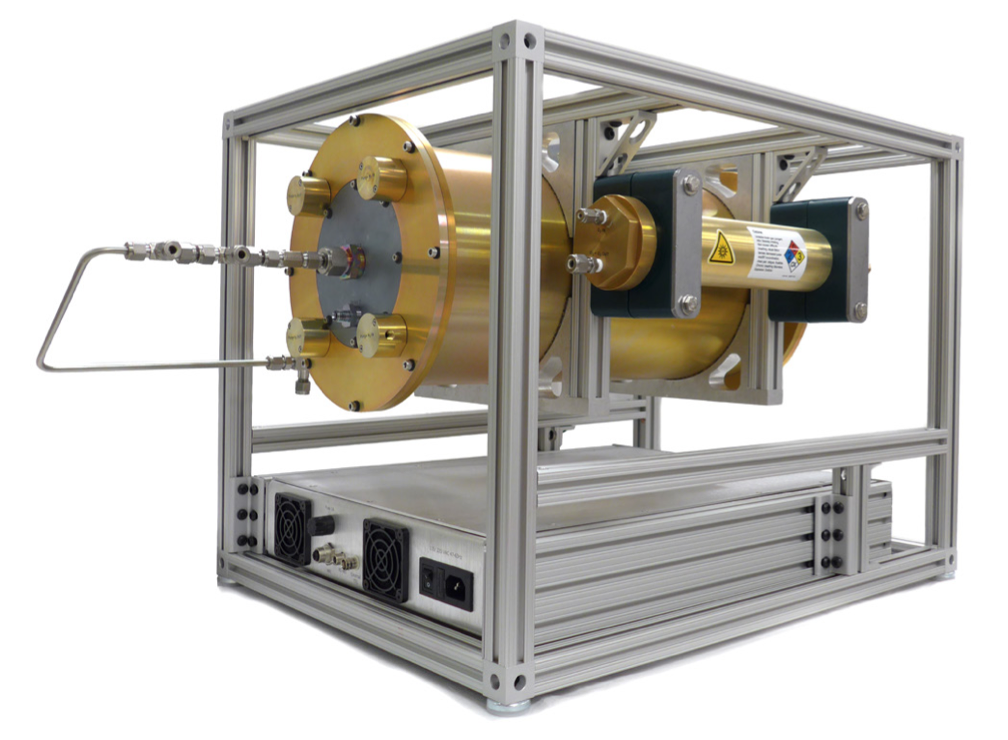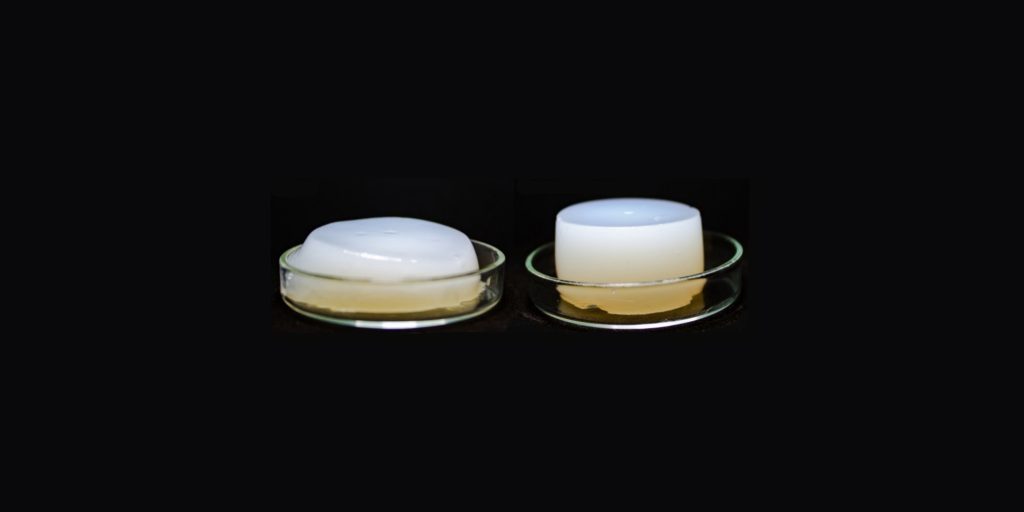The State of Utah, The National Oceanic and Atmospheric Administration (NOAA) and the United States Environmental Protection Agency (EPA) Investigate Wintertime Air Quality in the Cache Valley
The Problem: The Cache Valley, located in northern Utah and south- eastern Idaho, is surrounded by steep mountains and is prone to air pollution build-up during the winter. High concentrations of air pollutants in the winter are attributed to sources such as agriculture, traffic, and emissions from the heating of buildings and homes. Cold surface temperatures, low wind speeds, low solar radiation, and snow cover can result in stagnant air that gets stuck in the valley. These stagnation events can cause the valley’s population of 50,000 to be exposed to unhealthy levels of air pollution. This has led to the Cache Valley being designated as a nonattainment area for fine particulate matter (PM2.5) in accordance with the National Ambient Air Quality Standard (NAAQS). Monitoring of PM, ozone, trace gaseous pollutants, and select volatile organic compounds (VOCs), was needed to further characterize the air pollution in the region. Ozone measurements can be challenging in areas with high VOCs. VOCs can adsorb onto the surface of scrubbers in conventional ozone monitors and cause positive interferences in the ozone measurement. 2B Tech’s Model 211 was the clear choice for this monitoring campaign due to its patented scrubber technology, which is unique in the market in providing interference-free ozone measurements.
The Solution: To better understand the valley’s air quality issues, the State of Utah, The National Oceanic and Atmospheric Administration (NOAA) and the United States Environmental Protection Agency (EPA) launched a monitoring campaign for an approximate 4-week period in January/February 2017 in Logan, Utah. This study was called the Utah Winter Fine Particle Study (UWFPS) and took place on the campus of Utah State University.

Results: The NAAQS 24-hour value for PM2.5 is 35 µg/m3 for the 98th percentile while the NAAQS annual standard mean value for PM2.5 is 12 µg/m3. The minute, hourly, and 12-hour data taken during UWFPS for PM2.5 yielded some values in exceedance of the NAAQS. During this same timeframe, average O3 concentrations increased from early morning through late afternoon (7 a.m. to 4 p.m.). This was consistent with the known formation of daytime O3 from high concentrations of nitrogen oxides and ozone precursors typically present in the morning. The wind direction also had an impact on ozone values, with concentrations typically lower with easterly winds. O3 values remained low throughout the study ( < 30 ppb); well below the NAAQS 70 ppb threshold.
Click here to access the full research paper:
https://doi.org/10.1080/10962247.2019.1587553

The 2B Tech Instrument’s Role: The Model 211 was used to make ozone measurements during the UWFPS. Low ozone concentrations characteristic of wintertime combined with potential positive interferences from VOCs made having an interference-free ozone measurement crucial toward gaining an understanding of ozone behavior in the Cache Valley. The capability of the Model 211 to provide interference-free ozone measurements along with its FEM designation made it the ideal instrument to measure ozone as part of the study.
The Bottom Line: If you’re in need of the most accurate and only interference-free ozone monitor available on the market, then look no further than the Model 211. The instrument provides interference- free measurements by utilizing gas-phase titration (GPT) with nitric oxide to scrub ozone instead of using solid scrubbers that are prone to interferences. The instrument comes in a rack-mount enclosure, is low power, and is dual beam (allowing for a fast measurement interval of 2 seconds). Please contact 2B Technologies to discuss using the Model 211 for your application.




